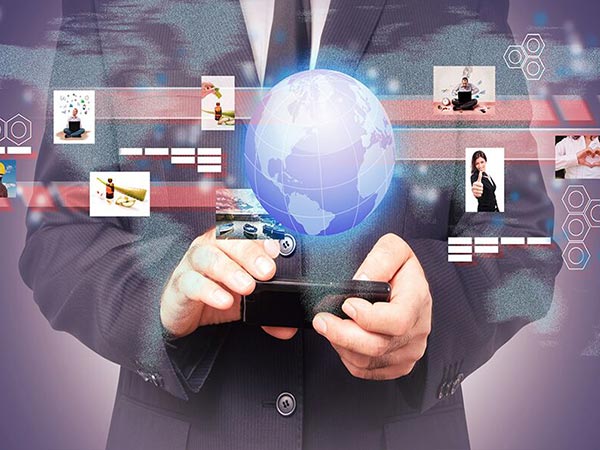How to Use Call Centre Games to Improve Agent Performance
How to Use Call Centre Games to Improve Agent Performance

Gamification’s ultimate goal might be superior customer experiences resulting in more satisfied and longer-term customers, but the way it does this is through modern agent engagement that leverages gaming science and psychology to increase agent productivity while reinforcing positive behaviours.
How? By motivating agents to meet or exceed expectations by completing specific objectives and outpacing their peers.
Proven as one of the best ways to engage agents, gamification also helps contact centre leaders more easily measure and manage agent performance, which naturally improves due to gamification’s ongoing effect.
It seems the hardest part about contact centre gamification is just getting started. But it doesn’t have to be—here are four ways you can rock gamification right now.
1. Connect gamification to corporate goals.
Each contact centre needs to tailor its gamification strategies and tactics to the unique goals and needs of its business. A company trying to decrease costs might make “decreasing handle times” part of its programme, while a company wanting to improve agent performance might build “customer satisfaction ratings” into its programme instead.
For example, a Calabrio customer wanting sales trainees to keep top-of-mind its multiple product lines uses a BINGO game as part of its gamification strategy. Managers mark off a BINGO square each time an agent speaks to a customer about a particular product focus area, and the first trainee to achieve “BINGO” receives a cash prize and peer recognition.
2. Use gamification to foster competition and collabouration.
Peer competition—a natural component of any gamification strategy—taps into agents’ competitive natures by recognising top performers. That’s why most gamification programmes incorporate some form of “leaderboard”—a dashboard displaying top performers and their “scores” against key metrics set ahead of time as goals for them. Agents actively monitor the leaderboard to see who’s leading the pack, who’s catching up, who’s dropping behind, etc. And supervisors monitor the leaderboard to identify agents who may need more coaching.
What you may not realise is that you also can use gamification to encourage collabouration between agents. If you want to foster active peer mentoring—where agents ask questions of each other and exchange tips—you could even design a gamification programme where agents advance to higher levels when they help other agents expand their knowledge and hone desired skills.
3. Make your gamification meaningful.
If you want your gamification programme to be as successful as possible, you want the prizes you use as incentives to be meaningful to your agents. You most easily can achieve this feat by asking your agents what kind of prizes they value and then building those into your gamification efforts. Some examples include restaurant gift cards, Amazon Prime memberships, more influence over their schedule, preference over the types of inquiries they handle, a premium parking spot for the month or an extra vacation day.
And frankly, many agents just prefer cold, hard cash. That’s why some companies set up a full incentive structure to engage its agents, with cash rewards given to agents who maintain higher adherence numbers, productivity numbers and quality scores.
4. Use gamification concepts to motivate agents.
In addition to leaderboards, a common and powerful way contact centres motivate agents by recognising top performers is by utilising the gamification concept of “badges.”
Much like the badges used to denote player status in online gaming, the badges used in contact centre gamification track and measure agent status: different badge styles or colours signify different accomplishments, with badges becoming more intricate and complex as agents advance into higher levels. Badge dashboards help agents track their individual performance stats and learn about the badges they’ve earned and those they have yet to achieve. An added bonus? Badges help supervisors quickly, visually monitor their agents’ performance metrics and progress against goals.
It’s time to get in the game! Find out more about how to launch a gamification programme for your contact centre by listening to our on-demand webinar, The Game is On! Gamification and the Next-Generation Contact Centre.









